Starting a medical plant/herb farming business can be profitable and satisfying. With the growing need for natural cures and herbal medications, now is the perfect moment to launch your farming venture. Market research should be conducted to discover your area’s most in-demand herbs and plants. Create a business plan that contains a budget, marketing strategy, and operational plan. You must obtain suitable land and resources to cultivate and harvest the plants. Discover the best growth conditions and strategies for each plant species.
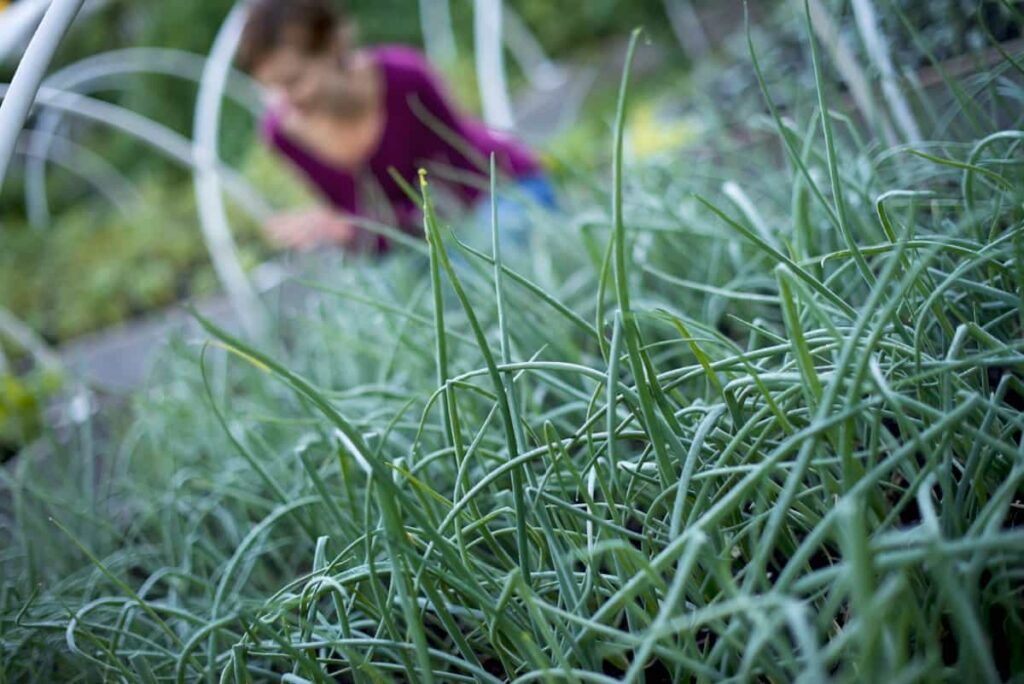
You may also need to secure permits and certifications and build partnerships with suppliers, distributors, and customers. Once your farm is up and running, keeping quality control is important, ensuring things are packed and labeled correctly and following the rules. Networking with other farmers, attending industry conferences and trade events, and staying current on industry trends and practices will help you flourish in this competitive market.
Medicinal Plants/Herbs Farming Business Plan
What Medicinal Plants/Herbs Farming?
Medicinal plant/herb farming involves cultivating and harvesting plants that are used for their medicinal properties. These plants can be grown on a small or large scale, depending on the needs and resources of the farmer. Growing medicinal plants/herbs requires a thorough understanding of the plant species, including their growing conditions, harvesting techniques, and medicinal properties.
Farmers need to identify the most in-demand herbs in their local market and develop a business plan that includes market research, financial planning, and marketing strategies. Medicinal plants can be used in various ways, including teas, tinctures, extracts, and essential oils. They treat various health conditions, such as digestive disorders, respiratory illnesses, skin conditions, and mental health issues.
Benefits of Medicinal Plants/Herbs Farming
- Health benefits: Herbal remedies have been utilized for millennia. These plants can boost health and prevent sickness.
- Cost-effective: Growing medicinal plants and herbs can save money on pharmaceuticals. Many medicinal plants and herbs can be cultivated at home and used for health advantages with proper cultivation.
- Sustainable agriculture: Medicinal plant and herb farming support biodiversity and resource conservation. It uses less fertilizer and pesticides and may be done in small places.
- Economic benefits: Farmers can make money by selling fresh or dried herbs, herbal supplements, and other value-added products. Rural employment may result.
- Cultural significance: Traditional knowledge and practices surround many medicinal plants and herbs. These plants enhance cultural heritage and traditional knowledge.
In case you missed it: How to Start Polyhouse Farming from Scratch: For Vegetables, Flowers, and Herbs
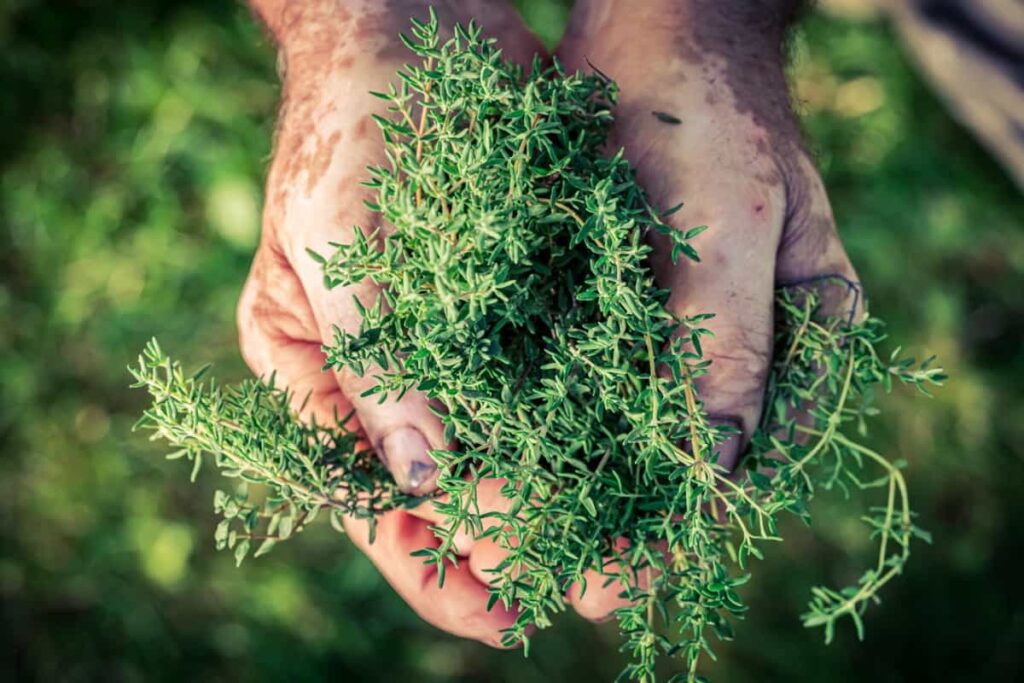
Important Medicinal Herbs and Their Values
- Basil: Known for its antibacterial and anti-inflammatory properties. It is also a good source of antioxidants.
- Fennel: Known for its digestive properties and can help alleviate bloating and stomach discomfort.
- Chives: Rich in antioxidants and can help reduce the risk of diseases like cancer and heart disease.
- Cilantro: Contains compounds that have been shown to have antimicrobial and anti-inflammatory properties.
- Thyme: Has antiseptic properties and can help alleviate respiratory infections and coughs.
- Rosemary: Known for its memory-enhancing properties and can also help improve digestion and relieve stress.
- Sage: Has antibacterial and anti-inflammatory properties and can help alleviate sore throat and gum infections.
- Turmeric: It has powerful anti-inflammatory properties and is also a potent antioxidant.
Market and Demand for Medicinal Plants/Herbs Farming
The market for medicinal plants was worth Rs. 4.2 billion (US$ 56.6 million) in 2019 is expected to grow at a CAGR of 38.5% to reach Rs. 14 billion (US$ 188.6 million) by 2026. Despite being a major producer of herbs and herbal products, India’s share in the global export of medicinal plants is low due to inadequate agricultural and quality control practices, lack of standardization and research & development, and regulatory frameworks.
India’s exports of medicinal herbs and their value-added extracts have steadily increased. In 2017-18, India exported herbs worth US$ 330.18 million and value-added extracts worth US$ 456.12 million, with a growth rate of 14.22% and 12.23%, respectively, over the previous year. The demand for these herbal products is increasing in developed countries, especially Europe.
Developing a Medicinal Plants/Herbs Farming Business Plan
Conducting a feasibility study: Before starting a medicinal plants/herbs farming business, it is important to conduct a feasibility study. This will involve researching the market demand for your products, analyzing your competition, and assessing the availability of resources such as land, equipment, and labor.
In case you missed it: Maximizing Yields and Profit: A Comprehensive Guide to Millets Farming Business Plan
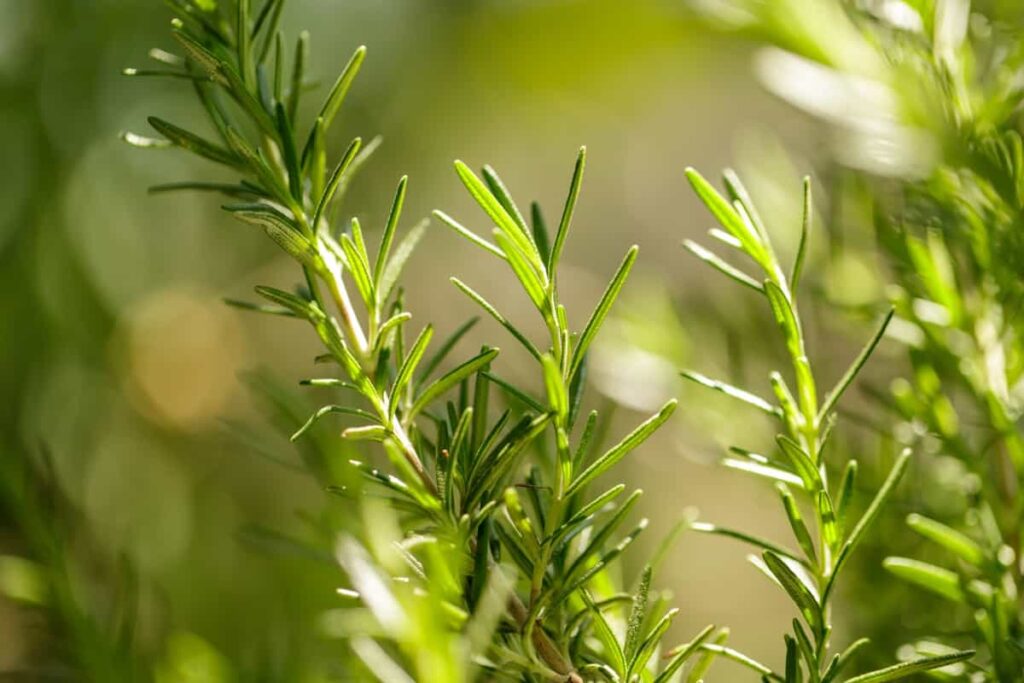
Setting up the business structure and legal requirements: To legally operate your medicinal plants/herbs farming business, you must set up a business structure and fulfill all legal requirements. This could mean registering your business, getting the necessary permits and licenses, and following all local and federal rules.
Identifying the necessary resources: Land, equipment, and labor Identifying and securing the necessary resources for your medicinal plants/herbs farming business is crucial to your success. This may include finding suitable land for cultivation, acquiring the necessary equipment and tools, and hiring skilled labor.
Creating a production and marketing plan: Developing a comprehensive production and marketing plan is essential to the success of your medicinal plants/herbs farming business. This should include strategies for planting and growing your crops, processing and packaging your products, and marketing and selling your products to potential buyers. In addition to this, it is also important to:
- Plan your medicinal herbs business carefully and thoroughly.
- Form your medicinal herbs business into a legal entity.
- Register your medicinal herbs business for taxes.
- Open a business bank account.
- Set up accounts for your medicinal herbs business.
- Get the necessary permits and licenses for your medicinal herbs business.
- Get medicinal herbs business insurance.
Creating a Production and Marketing Plan
First, you must determine which plants/herbs to grow based on market demand, climate and soil conditions, and other factors such as local regulations and environmental concerns. Once you have identified your target crops, plan your planting schedule, cultivation techniques, and harvest timeline. It is also important to develop a packaging and labeling strategy highlighting your products’ unique properties and benefits and consider options for selling your products through wholesale or retail channels, including online marketplaces and specialty stores.
Marketing your products effectively is crucial to the success of your business. This may involve developing a strong brand identity and creating targeted marketing campaigns that reach potential buyers and distributors. Consider participating in relevant industry events and trade shows, building relationships with key influencers and industry leaders, and leveraging social media to reach a wider audience.
In case you missed it: Crafting a Regenerative Farming Business Plan for a Thriving Future
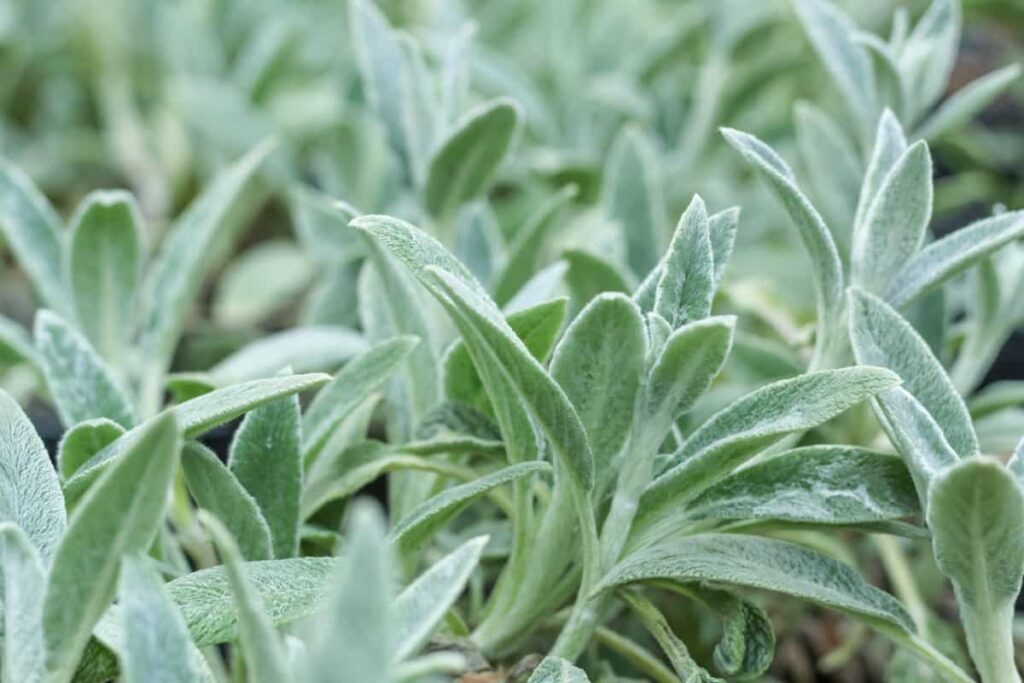
Cultivation Practices and Management of Medicinal Plants/Herbs Farming
- Land preparation: The land should be well-prepared with the correct soil type, drainage, and pH levels. Tilling and soil testing are important processes to prepare the land for planting.
- Soil conditions: Medicinal plants/herbs prefer well-drained soils rich in organic matter. Most medicinal plants/herbs have an ideal pH range of 5.5 to 7.5.
- Top 10 crops: Some of the most profitable medicinal plants/herbs to grow include ginseng, echinacea, chamomile, lavender, peppermint, turmeric, ginger, aloe vera, valerian, and St. John’s Wort.
- Pest and disease management: Regular monitoring for pests and diseases is crucial for maintaining healthy plants. Organic pesticides and fungicides can help manage these issues without harming the environment or the plants.
- Irrigation: Most medicinal plants/herbs require regular watering for optimal growth and production. Drip irrigation is a popular method for providing consistent moisture to plants.
- Harvesting: Timing and techniques for harvesting medicinal plants/herbs can vary depending on the species. Some plants/herbs require frequent harvesting, while others require only one or two yearly harvests.
- Post-harvest management: Proper drying and storage techniques are essential for preserving the quality and potency of medicinal plants/herbs. Drying can be done through air-drying or dehydrators, and storage should be in a cool, dark place to avoid spoilage.
- Organic cultivation: Growing medicinal plants/herbs organically is important to maintain the purity and quality of the final product. This means avoiding synthetic pesticides and fertilizers and following organic certification standards.
- Marketing: Identifying your target market and developing a strong brand identity is important for marketing your medicinal plants/herbs. Consider selling your products through online marketplaces, specialty stores, and direct-to-consumer channels.
- Record-keeping: Keeping detailed records of your cultivation practices, yields, and sales is important for tracking the success of your business and ensuring compliance with local and federal regulations.
Harvesting, Processing, and Packaging Medicinal Plants/Herbs
Harvesting, processing, and packaging medicinal plants/herbs are critical to producing high-quality and efficacious herbal drugs. For the safety, quality of herbal products, and efficacy, it is important to follow good agricultural and collection/harvesting practices. The right part of the medicinal plant must be harvested at the optimum stage of development to obtain a high-quality efficacious herbal drug.
After harvesting, the plants must be dried and stored at appropriate temperatures and conditions to avoid the degradation of active ingredients. This is important to ensure that the active ingredients of the medicinal plants/herbs are recovered during the processing and packaging stages. Processing is another crucial step in producing high-quality herbal drugs. The technique used in processing medicinal plants/herbs should maximize phytochemical recovery.
In case you missed it: Sustainable Fish Farming: Zero Waste Fish Farming Practices
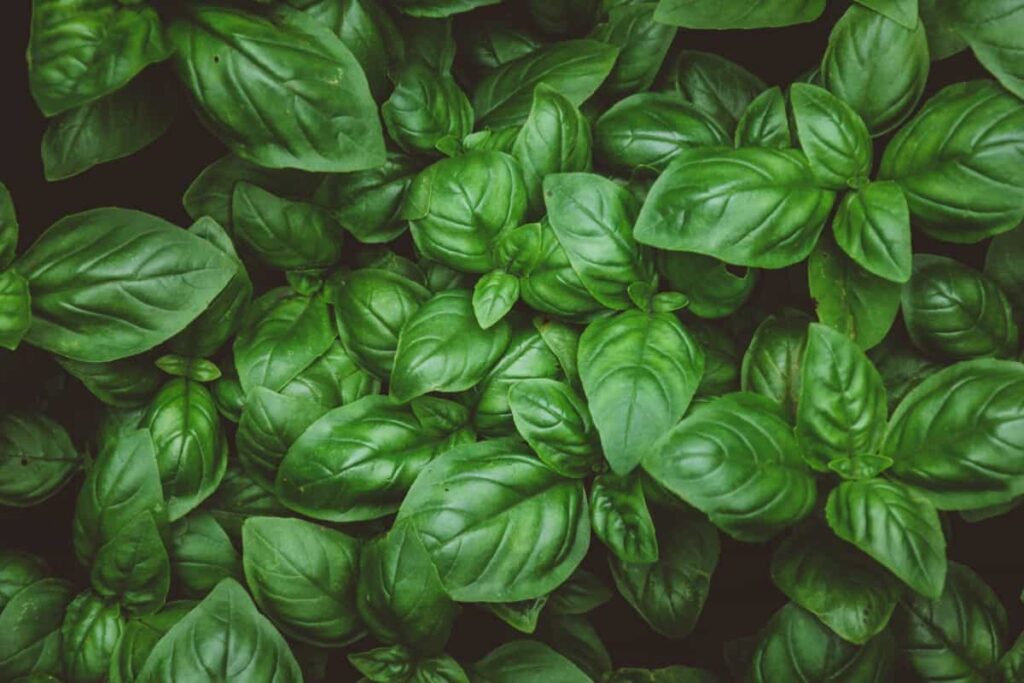
These may include drying, extraction, distillation, and fractionation. Packaging is the final step in producing high-quality and efficacious herbal drugs. Proper packaging helps maintain the product’s quality by protecting it from light, moisture, and other environmental factors. The packaging material used should be non-reactive and not affect the product’s quality.
Financial Management for Medicinal Plants/Herbs Farming in India
- India has 15 Agroclimatic zones, and around 6,500 types of plant species are used in traditional healthcare practices.
- There are around 960 types of medicinal plants in trade, and 178 species have yearly consumption levels of more than 100 metric tonnes.
- The National Medicinal Plant Board (NMPB) commissioned a national report in 2006-07 to evaluate the demand and supply of medicinal plants in India. This report brought different complexities in the herbal area to the surface.
- It contributed to a better understanding of the variety of raw drug substances on the market, their botanical relationships, the volume of yearly commerce, and supply sources.
Profit in Medicinal Plant Farming
- Cultivating medicinal plants commercially is one of the most profitable agribusinesses for farmers.
- In the higher parts of Uttarakhand and Himachal Pradesh, a farmer farming atis herb might easily make Rs2.5-3 lakh per acre of land.
- A lavender rancher may earn Rs1.2-1.5 lakh per acre of land by cultivating rattan jot (Rs1.15 lakh per acre) and karu (Rs1.5-2 lakh per acre).
- India’s most beneficial therapeutic yields are Mint, Aloe vera, Basil, Tulsi, Lemongrass, Coriander, and Ajwain.
Incentives for Medicinal Plants Cultivation
- To encourage the growth of medical plants throughout India, the National Medical Plants Board (NMPB) provides farmers with up to a 75% subsidy.
- The NMPB has developed financial assistance schemes and recommendations in many areas of the medicinal plant division covered by Promotional and Commercial plans important to government and non-government organizations.
- Many medical plant species are currently prioritized for cultivation across the country, with farmers receiving subsidies, such as a 75% subsidy for severely endangered medicinal plants and 50% for cultivation.
Marketing of Medicinal Plants/Herbs Farming
Marketing and farming of medicinal plants and herbs in India provide employment and health security to a large portion of the population, with a domestic trade worth Rs. 80-90 billion and Rs. 10 billion in exports annually. The sector is complex, with authorized herbal units, unregulated natural units, people healers, and household-level clients of herbal raw drugs.
NMPB’s e-charak online platform fills the gap in the marketing of medicinal plant products. India has over 8,000 types of medicinal plants, and its land and climate favor their cultivation. To ensure sustainable supplies to the herbal industry and growing markets, it’s essential to understand the yearly consumption levels of raw herbal medications and their utilization patterns.
Risks in Medicinal Plants/Herbs Farming
- Climate risks: Climatic conditions like drought, flood, high temperature, low temperature, and wind can damage crops and affect yield.
- Pest and disease risks: Pests and diseases can attack crops, reducing yield and crop quality.
- Market Risks: Fluctuations in demand and supply, price volatility, and regulation changes can affect the marketability and profitability of medicinal plant farming.
- Quality control risks: Maintaining quality standards and ensuring the authenticity of the plant species are crucial in the medicinal plant industry.
- Land and water management risks: Proper soil and water management are necessary to maintain plant health and ensure the sustainability of farming practices.
In case you missed it: Organic Farming Profits Per Acre in India: Cost of Cultivation, Production Key Rules to Double Returns
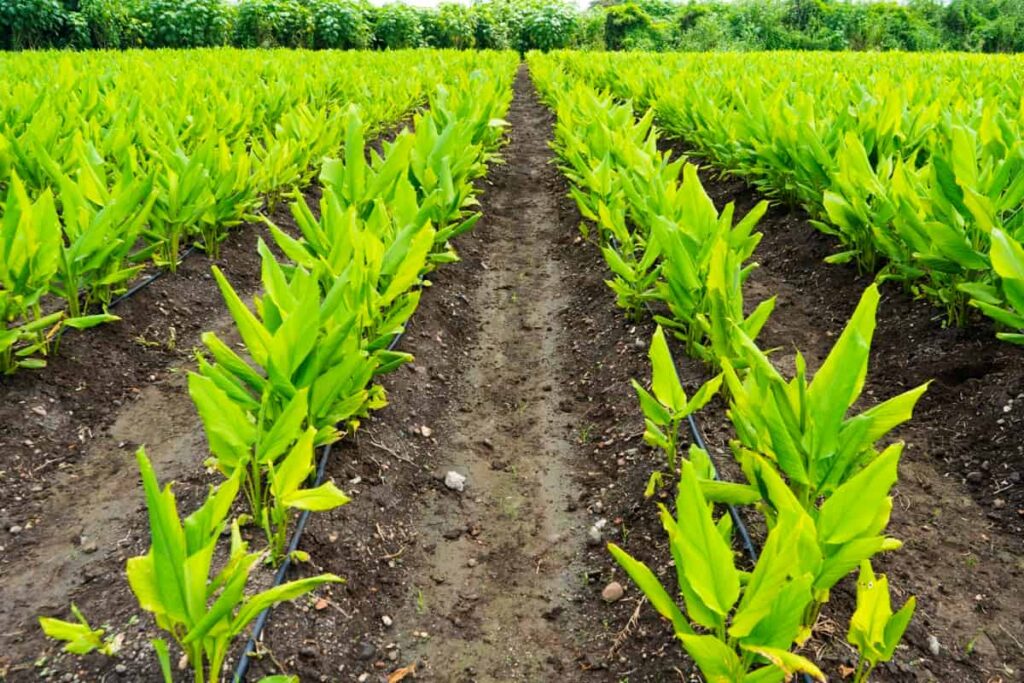
Future of Medicinal Plants Industry
The global market for herbal medicines is projected to reach $123 billion by 2026, growing at a CAGR of 7.2%. India is expected to play a big part in this growth since it has a long history of traditional healing methods and a climate that makes it easy to grow medicinal plants. With initiatives such as e-charak, the government also promotes the sustainable trade of medicinal plants, benefiting farmers and buyers.
Conclusion
Starting a medicinal plants/herbs farming business can be a profitable venture with the potential for growth in the future. By using the advice, strategies, and best practices in this guide, you can make a successful business plan that takes into account the unique challenges and opportunities of this industry.
- Sheep Farming Business Plan for Beginners
- Aquaponic Farming at Home: A Step-By-Step Guide
- Profitable Village Farming Business Ideas in 2024
- High-Yield Aquaculture: Fast-Growing Fish for Farming
- Effective Fish Pond Construction Techniques for Beginners
- Irrigation and Water Management in Pineapple Farming
- Blossom to Harvest: Mastering Flowering and Pollination in Papaya Farming
- Pig Fattening Essentials: From Selection to Sale for Beginners
- Raising Wagyu Cattle: A Complete Guide for Premium Beef Production
- Soil Types and Their Water Holding Capacity
- Optimizing Irrigation Schedules for Coconut Groves for Enhanced Yield
- Espresso Your Garden: Coffee Grounds for Healthier Acid-Loving Plants
- The Best Soil Mix for Snake Plants: How to Mix Your Own Snake Plant Soil
- Green Thumb Success: Expert Tips for Cultivating Greenhouse Beans All Year Round
- Bloom All Year Round: The Ultimate Guide to Indoor Hyacinth Care
- Eco-Friendly Gardening: How to Make Liquid Fertilizer from Kitchen Waste
- Ultimate Guide to Grow Anise in Pots: Explore Seed Propagation to Harvesting
- Guide to Raising Chester White Pigs: Discover Breed Facts to Growth Management
- Mastering the Elegance: The Ultimate Guide to Weeping Cherry Tree Care, Planting, and Maintenance
- Ultimate Guide to Planting Garlic in Grow Bags: Growing Strategies for Beginners
- How to Fix Spider Plant Leaf-Related Problems: Natural and Organic Remedies
- 10 Reasons Why Your Tulsi Plant is Shedding Leaves: Home Remedies and Solutions
- Optimizing Growth and Yield: The Advantages of Palm Bunch Ash Fertilizer
- Utilizing Neem Oil Extract as a Natural Pesticide for Hydrangea
- From Soil to Harvest: Various Ways in Which Farmers Can Use AI Tools
- Steps to Encourage and Induce Citrus Flowers: A Comprehensive Guide
- How to Fix Snake Plant Leaf-Related Issues: Natural and Organic Remedies
- Transform Your Garden into a Fragrant Oasis with Raat Ki Rani (Night Blooming Jasmine)
- Discover the Ideal Chicken Breeds for Philippine Farms
- How to Create a Poultry Egg Farm Business Plan for Profits
- Grow Lemon Cucumbers Like a Pro: Insider Techniques for Bountiful Yields
- Ultimate Guide to Caring for Your Pink Princess Philodendron: Tips for Thriving Variegation
- Areca Nut Profit Per Acre: Calculating Yield and Cost of Cultivation
- How Kaveri Chicken is Becoming a More Profitable Breed in Indian Backyards
- Transform Your Barn: 9 Steps to Convert a Horse Stall into a Chicken Coop
- Exploring Suffolk Sheep Disadvantages with Limitations and Challenges
